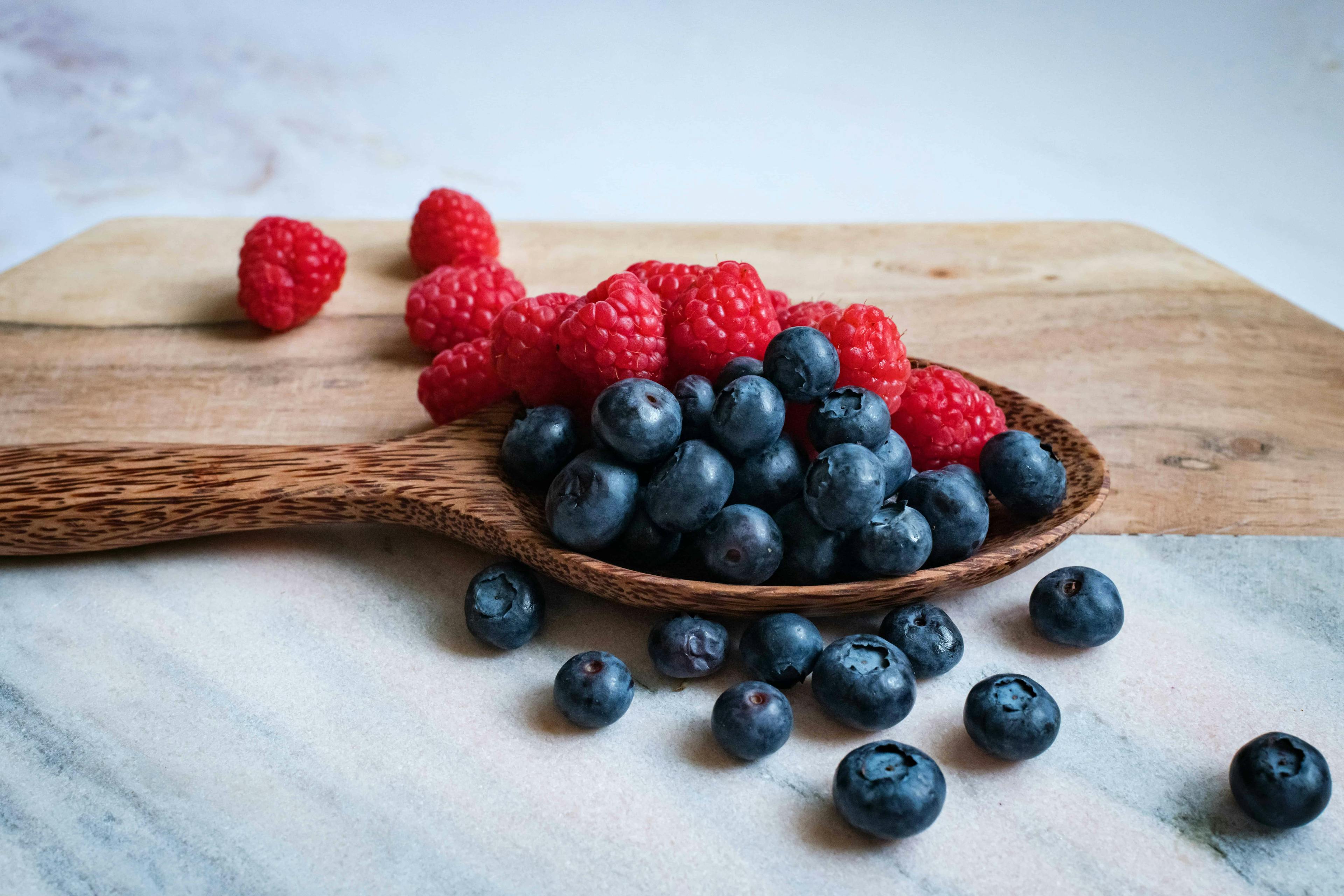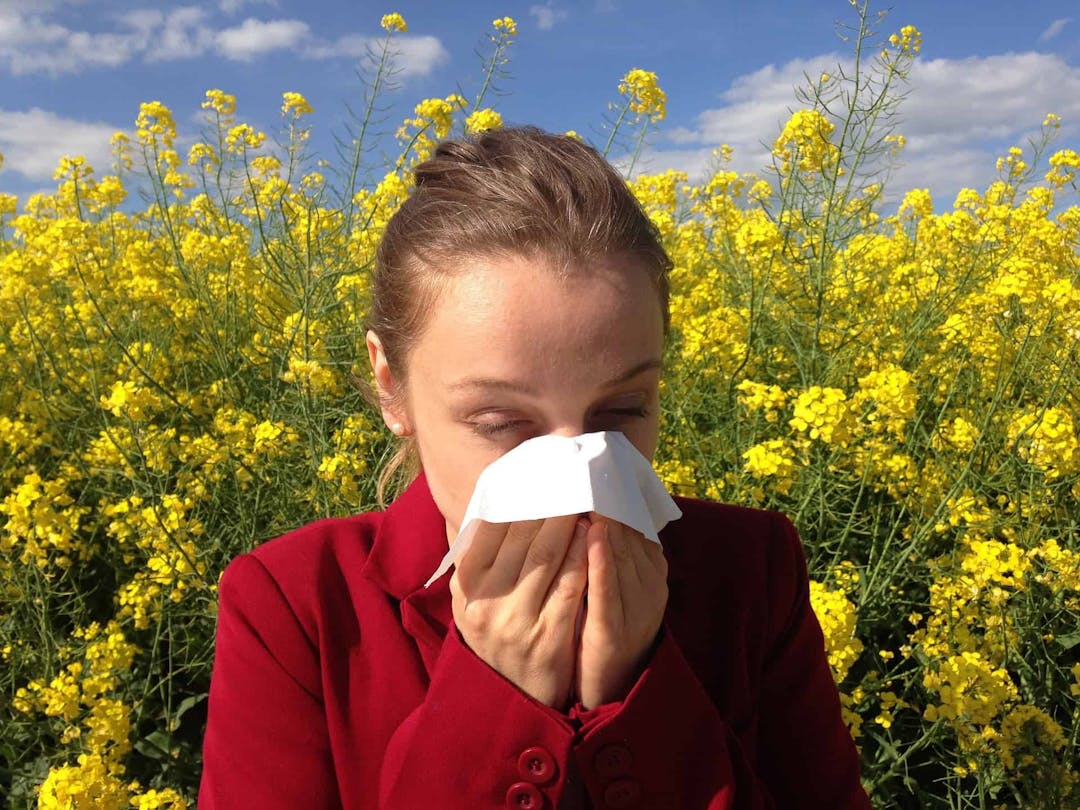


Find foods you can eat.
Introduction to a Fructose-Free Diet
Published on January 21, 2023What is a Fructose-Free diet?
Fructose is a sugar found naturally in fruits, honey, and agave, as well as in various processed foods. A fructose-free diet eliminates all forms of fructose entirely, whereas a low-fructose or fructose-restricted diet limits or restricts high-fructose foods. Depending on the individual’s tolerance, a fructose-restricted diet may also restrict foods high in fructans (chains of fructose sugar), sucrose (a sugar that contains equal parts glucose and fructose), and sorbitol (a sugar alcohol that is converted into fructose).
Who Should Follow a Fructose-Restricted Diet?
Those with forms of fructose intolerance should follow a fructose-restricted diet including individuals with:
- Hereditary fructose intolerance: a rare genetic condition in which an individual lacks the enzyme necessary to break down fructose. It is imperative that individuals with hereditary fructose intolerance follow a strict fructose-free diet, to avoid serious irreversible damage to the kidneys and liver.
- Fructose malabsorption/intolerance: a more common condition, which may occur in those with Irritable Bowel Syndrome (IBS) and other gastrointestinal disorders. Fructose malabsorption is less serious than hereditary fructose intolerance, as there is no risk for kidney or liver damage, however, it is disruptive and unpleasant nonetheless. Those with fructose malabsorption are not able to digest or absorb normal quantities of fructose from the food they eat. As a result, fructose makes its way to the colon, where it is fermented by gut bacteria, leading to unpleasant gastrointestinal symptoms such as bloating, gas, diarrhea, abdominal pain, and nausea. Those with fructose malabsorption may be able to tolerate small amounts of fructose, therefore a low-fructose diet is recommended, but a completely fructose-free diet is usually not necessary. It is recommended that once symptoms improve, those with fructose malabsorption gradually reintroduce higher fructose foods in a systematic manner to determine their threshold for fructose tolerance, and see if some dietary restrictions can be loosened.
Test for fructose intolerance
Hereditary fructose intolerance is often discovered shortly after a baby begins to eat baby food or once a baby is fed formula. It may be diagnosed via an enzyme assay, which is a test that requires a liver biopsy to measure the activity of enzymes that break down fructose. A fructose tolerance test can also be used to diagnose hereditary fructose intolerance. This test involves monitoring an individual’s response to intravenous fructose administration. More recently, genetic testing has been utilized for diagnosing hereditary fructose intolerance, which is the least invasive approach.
Test for fructose malabsorption
Fructose malabsorption, on the other hand, may be diagnosed via a hydrogen breath test. For this test, the individual consumes a diet low in fermentable carbohydrates for at least 2 days prior to the test. They will then drink a fructose-containing solution and blow into a device that measures hydrogen gas, every 15-30 minutes for up to 3 hours. If the individual has fructose malabsorption, there will be a rise in breath hydrogen. Another method of diagnosis is working with a physician or dietitian to eliminate high-fructose foods from your diet, to see if symptoms resolve. Higher-fructose foods may then be slowly reintroduced, to determine fructose tolerance threshold.
How to Follow a Fructose-Restricted Diet
While tolerance to fructose may vary based on the individual, foods containing less than 3 grams of fructose per serving, less than 0.5 grams of fructose in excess of glucose per 100 gram serving, and less than 0.5 grams of fructans per serving, are considered low in fructose.
Diet for fructose malabsorption
Foods high in fructose that may need to be avoided or limited by those with fructose malabsorption include (but are not limited to):
- Fruits: apples, bananas, boysenberries, strawberries, cherries, figs, grapes, grapefruit, guava, mango, pear, watermelon, fruit canned in juice, and dried fruit
- Vegetables: asparagus, broccoli, beets, sundried tomatoes, sugar snap peas, Jerusalem artichoke, jalapeno peppers, red chili peppers, and lotus root
- Dairy: flavored or sweetened dairy products (such as yogurts, milks, puddings, and more), and sweetened condensed milk
- Proteins: meats and other proteins marinated in or seasoned with high-fructose ingredients (i.e. honey baked ham)
- Sweeteners: agave, honey, molasses, high fructose corn syrup, sorbitol, fruit juice concentrate, and large amounts of sucrose (white or brown sugar)
- Beverages: fruit and vegetable juices, rum, red wine and sweet wines, coconut milk, coconut water, soda and other sweetened beverages
- Miscellaneous: coconut flour
The Fig app makes it easy to avoid these foods. Quickly scan foods at the grocery store to check if they’re likely high in fructose. Easily find low fructose alternatives to your favorites.
It is important to note that those who are sensitive to fructose may also be sensitive to other types of carbohydrates that are highly fermentable by our gut bacteria, such as fructans, polyols, galactooligosaccharides, and lactose. If you still experience symptoms after eliminating high-fructose foods, it may be helpful to eliminate other “high FODMAP” foods under the guide of a registered dietitian, to see if you experience further symptom improvement.
Helpful Tips When Starting A Fructose-Restricted Diet
For those following a fructose-restricted diet, it’s important that you read ingredient labels to check for high-fructose ingredients that may be hiding in foods, beverages, and even dietary supplements. The Fig app makes this simpler by helping you identify low-fructose foods and beverages quickly and easily! Additionally, the Monash app can help you determine appropriate portion sizes of fructose-containing foods, to avoid turning a low-fructose food into a high-fructose food by eating too large a portion size in one sitting.
Additionally, for those with fructose malabsorption, it is helpful to keep portions of fruit to about 1 cup or less at a time. This will help you avoid consuming too much fructose at once, as low-fructose fruits can still contain small quantities which accumulate in larger portion sizes. Limiting your intake of added sugars is also helpful, to ensure that you are not consuming too much sucrose, which can provoke symptoms in larger quantities for certain individuals.
When it comes to packaged baked goods, candy, soda, sweetened juices, and condiments, proceed with caution, as these foods often contain high-fructose ingredients such as high-fructose corn syrup.
It can be helpful to know that consuming glucose-containing foods along with foods that contain small amounts of fructose, can help you to better absorb the fructose. Also, when a food contains around the same amount of glucose and fructose, it is better absorbed compared to foods with more fructose than glucose, which is referred to as “free fructose.”
Lastly, while not all sugar alcohols contain fructose, they can further impair your ability to digest fructose and contribute to digestive upset, so many with fructose malabsorption find it helpful to avoid them altogether.
Things to Look Out For on a Fructose-Restricted Diet
Although fructose is found in many heavily processed foods, it is also naturally found in highly nutritious foods like fruits and vegetables, therefore there are a few nutritional considerations to keep in mind on a fructose-restricted diet.
Fiber on a fructose-free diet
Fiber is not only important for gastrointestinal health, it also promotes a healthy blood lipid profile, stable blood sugar, and helps us feel full after we eat. Many high-fructose fruits and vegetables are excellent sources of fiber, so if you must avoid these foods, it’s important to be sure that you’re including plenty of alternative fiber sources suitable for you, like low-fructose vegetables, fruits (in portion sizes of 1 cup or less), whole grains, beans, legumes, nuts, and seeds.
Vitamin C on a fructose-free diet
Vitamin C is an essential vitamin with antioxidant properties. It is also needed for collagen synthesis, playing a key role in wound healing, and maintaining connective tissues like tendons and ligaments. Many high-fructose fruits and vegetables also happen to be high in vitamin C, so you’ll want to be cognizant of including plenty of low-fructose vegetables and some low-fructose fruits into your diet to meet your needs.
Who is a Fructose-Restricted Diet Not For?
Only those with hereditary fructose intolerance or fructose malabsorption need to follow a fructose-free and fructose-restricted diet, respectively. It is also important to note that those with fructose malabsorption have varying degrees of fructose tolerance, so eliminating all high-fructose foods entirely may not be necessary. To determine your specific threshold for fructose tolerance, it is best to work with a registered dietitian to guide you and minimize unnecessary dietary restrictions.
Photo by Annemarie Grudën on Unsplash
 Should You Follow a Low Histamine Diet for Long COVID?
Should You Follow a Low Histamine Diet for Long COVID? Introduction to a Low Histamine Diet
Introduction to a Low Histamine Diet